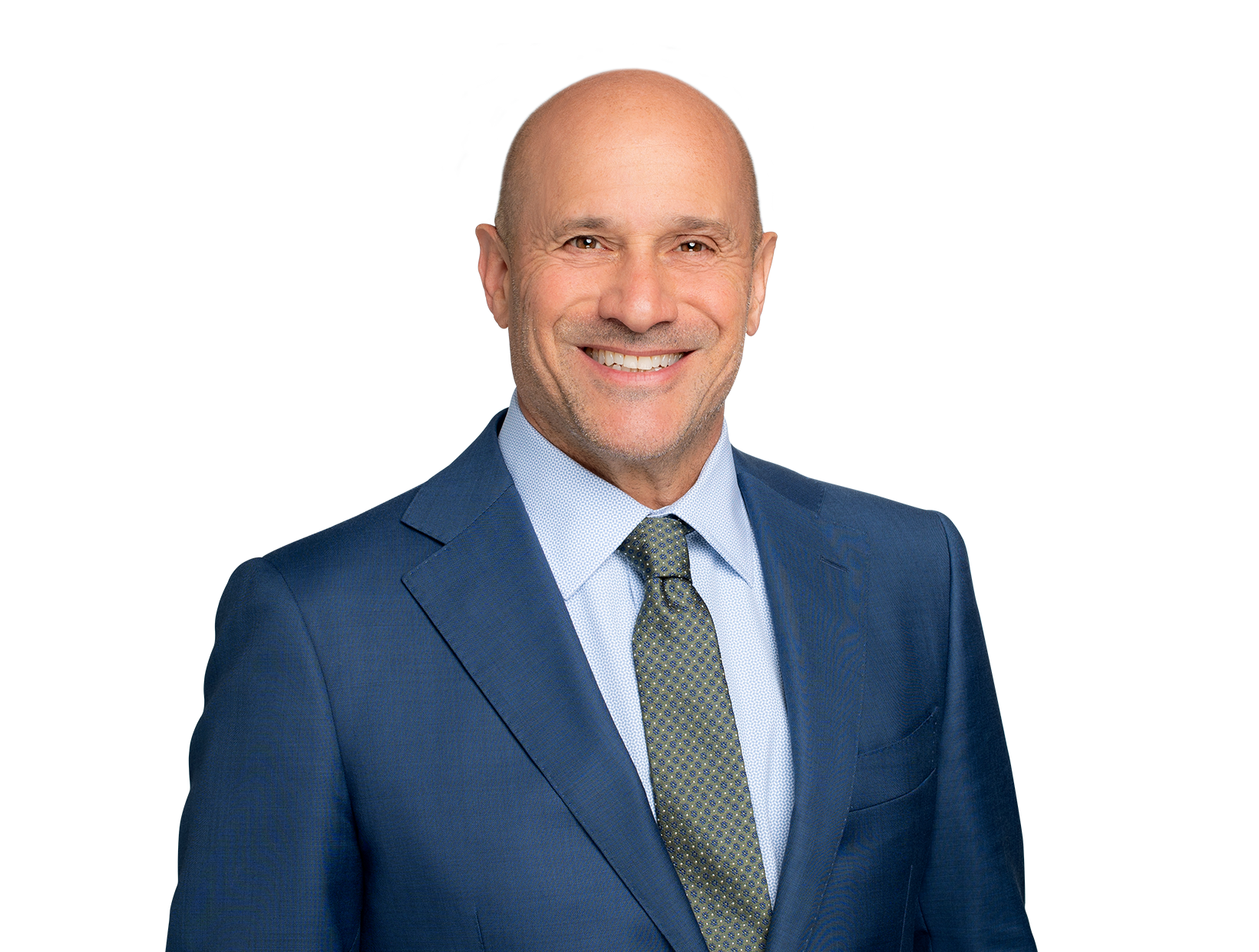Blog
MDFL takes an expansive view of comparable licenses
Fish & Richardson
Authors
-
- Name
- Person title
- Principal

The MDFL in Harris Corp. v. Ruckus Wireless, Inc., Case No. 6:11-CV-618-Orl-36KRS (M.D. Fla. January 16, 2013), ruled on plaintiff Harris's motion to strike the expert report and exclude testimony (i.e., a Daubert motion) of defendant's damages expert Richard Ostiller. Harris made several arguments challenging the reliability of Ostiller's opinions, the most interesting of which involved Ostiller's reliance on two license agreements that he concluded were comparable and the methodology he used to locate those licenses (which did not involve either of the parties to the lawsuit). The court denied the motion.
Ostiller applied the Georgia-Pacific framework, arriving at his royalty rate starting point of 2.3% based on two allegedly comparable licenses. Harris challenged the licenses, arguing they were "radically different," because neither involved the parties in the case or the patents in suit, and it was unclear whether they were even directed to the same or similar technology. Indeed, Harris argued that Ostiller failed to provide testimony to support the conclusion that the two parties to each agreement were similarly situated to the plaintiff and defendant at the time of the hypothetical negotiation. It was interesting that Ostiller located the two agreements by using keywords taken from the patents in suit and associated legal filings and searching in royalty databases (see below). Moreover, one of the agreements was an asset purchase, including products and associated technology, and the other was a mixed technology/patent license. Technology-wise, the best Ostiller could do was assert they were "analogous to certain of the technologies embodied in the patents in suit." Despite this thin technological connection, the court bolstered this opinion with defendant's expert, Dr. John Thompson, who "confirmed the technology in both agreements was comparable to the to the technology involved in the patents in suit." Ostiller took the royalty rates in the two agreements and computed the average. This became his starting point for the Georgia-Pacific analysis.
The court's concluding paragraph on the comparability issue is worth quoting in full:
From the opinion, it appears the agreements were between different parties, did not involve the patents in suit, involved at best "analogous" technology, and were not comparable in terms of rights granted one was an asset purchase and the other involved patents and technology. Another interesting part of the opinion involves how Ostiller located the licenses. Apparently, he found them in databases called RoyaltyStat and RoyaltySource. The court found these databases were sufficiently reliable, citing Black & Decker v. Bosch Tools, 2006 WL 5156873, at *3 (N.D. Ill. 2006); St.-Gobain Corp. v. Gemtron Corp., 2006 WL 1307890, at *2 (W.D. Mich. 2006). Again, the court's words are interesting and quoted in full:
The opinions expressed are those of the authors on the date noted above and do not necessarily reflect the views of Fish & Richardson P.C., any other of its lawyers, its clients, or any of its or their respective affiliates. This post is for general information purposes only and is not intended to be and should not be taken as legal advice. No attorney-client relationship is formed.